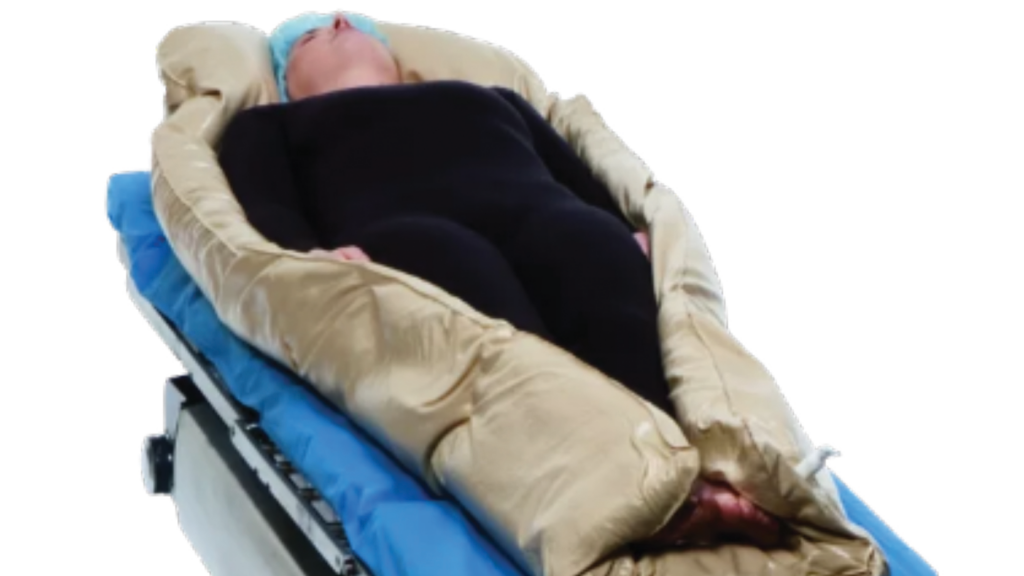
“Working with children and individuals with disabilities gives you entry into an authenticity that working with an adult population can’t give you. Individuals with disabilities seldom wear a mask. What you see is what you get. I call it the entryway to the divine.” 1
Providing regular care to people living with disabilities is a challenge that spans across all fields of healthcare. It is, perhaps, fair to say that the intent to provide care is often not matched by the ability to do so, an inability that is not just an oral health provider issue. It is also fair to assume that some of this mismatch stems from a lack of understanding of the environment and ensuing energy required to overcome the challenge of providing the required level of care for PLWD. In this article we will focus on the appropriate oral healthcare environments to facilitate provision of care.
Canada has long prided itself, on our claim of universal healthcare, and yet exclusion of PLWD from that framework is a contradiction to that claim. It has been pointed out that “A failure by a governmental program to meet the needs of a disabled person for medically necessary dental care constitutes a human rights violation.”2 In this context it is not only useful but also imperative for all oral health care providers to learn to work with PLWD. By doing so they not only address a gap in the universality of healthcare, they also fulfill a moral obligation of the profession.
Two of the primary barriers to access care are lack of energy of oral healthcare providers and lack of appropriate office infrastructure that would facilitate accepting people living with disabilities as patients.
One definition of energy (compassion and empathy) includes the strength and vitality required for sustained physical and mental activity along with a person’s physical and mental powers, typically as applied to a particular task or activity.3 We include the definition to indicate that one of the primary requirements of providing oral health care might simply be the willingness to do so, or at the very least, to bring PLWD into a dental office or oral health facility for a consultation. Once this decision has been made, the dental professional will need to acknowledge and understand that there are several factors to consider:
- The extra amount of time required in many cases and the fact that current government funded-plans do not reimburse for the extra time
- Ensuring that the entire office team is on the same page when it comes to dealing with PLWD
- The environment must meet the specific needs of people living with disabilities (e.g., provides accommodation for them)
The challenge of taking extra time can be daunting, especially when we consider that in most cases oral healthcare providers are not appropriately reimbursed for taking this extra time. While the issue of reimbursement for additional time is beyond the scope of this article, it is important to acknowledge its importance. This article will focus on the steps that can be taken to improve the energy of the dental team and the environment in which they provide oral health care to PLWD.
Having the entire office team on the same page requires engaged leadership. This leadership requires willingness to be open, empathetic, and compassionate, and to take the time to listen to the patients’ story and be prepared to provide care in an equitable, diverse and inclusive manner. Engaged leadership means sharing this vision with the rest of the team (staff) which may also mean being strong in the face of possible objections, confrontations, disappointment, and perhaps even staff changes.
Preparing to meet the needs of providing oral healthcare for PLWD requires that the entire team discusses what is necessary and how to develop the skills to move forward.
For the leader, key ways to develop a highly effective team are spelled out in Steven Rogers’ Effective Ways to Motivate Healthcare Employees.” 4
1. Trust them. Open and honest communication, see things through, autonomy.
2. Give them a sense of purpose. Prove to your staff that the practice serves a greater purpose than merely making money [by] demonstrating how important your personnel are to the patients and the level of patient care.
3. Deal with poor performance. Creating a development program can guide a talented staff toward a greater understanding of performance standards and the demands of your practice.
4. Make your workplace a healthy and enjoyable place to work. A good practice promotes mutual respect.
5. Acknowledge achievement. Treat all the staff as individuals…. personalize your employee appreciation, [but] it is also critical to recognize actions that benefit the team.
6. Focus on motivating individuals. For your staff to feel valued and inspired, they must believe that they matter as individuals, not simply as team members.
For this significant change to occur, it may be necessary to modify the office environment to better meet the needs of and accommodate people with disabilities.
Some less complicated accommodations could include:
- Supportive devices, neck and back cushions
- Vac-Pac by Natus (Fig. 1)
- Bean bags
- Weighted blankets
- Transfer boards
- Open operatories that enable care while leaving the patient in their wheelchair.
- Indirect lighting
- Soft instrumental music
- Using headlamps instead of typical dental lighting
- Portable x ray units
- Braille signs on bathrooms and other areas of the office
- Laminated information forms or tablets that indicate office policies in writing
Fig. 1

A significantly more involved option when dealing with people living with Intellectual and Developmental Disabilities (IDD) is to install a Sensory Adaptive Dental Environment (SADE). This term has been used interchangeably with Snoezelen Environment–multisensory adapted environment coupled with client-centered therapy. This includes a physical environment which consists of a combination of a partially lit room with special lighting effects, relaxing music, vibration and aromas.5,6,7 SADE has proven to be effective in providing significant improvements in behaviour in the dental operatory among children with Autism or IDD. 5,6
Fig. 2A

Fig. 2B
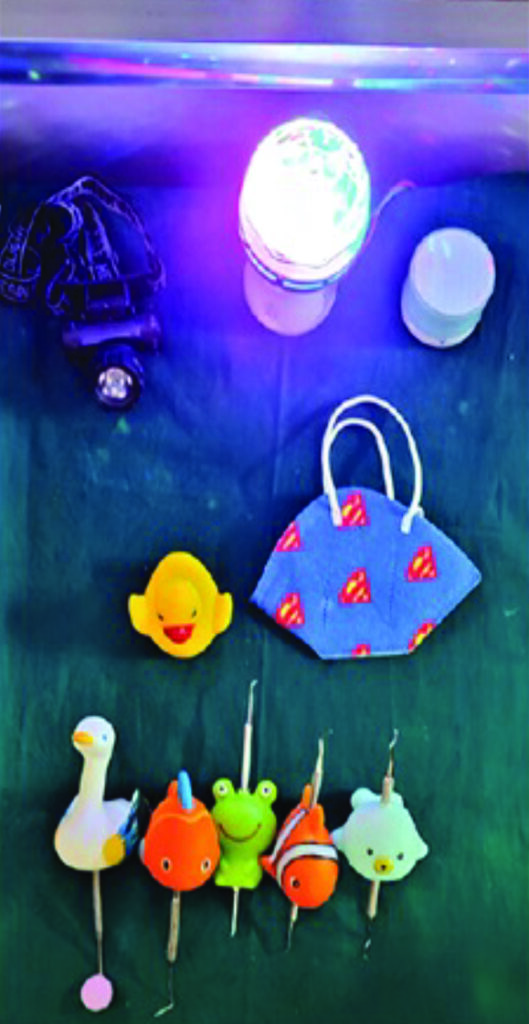
Fig. 2C
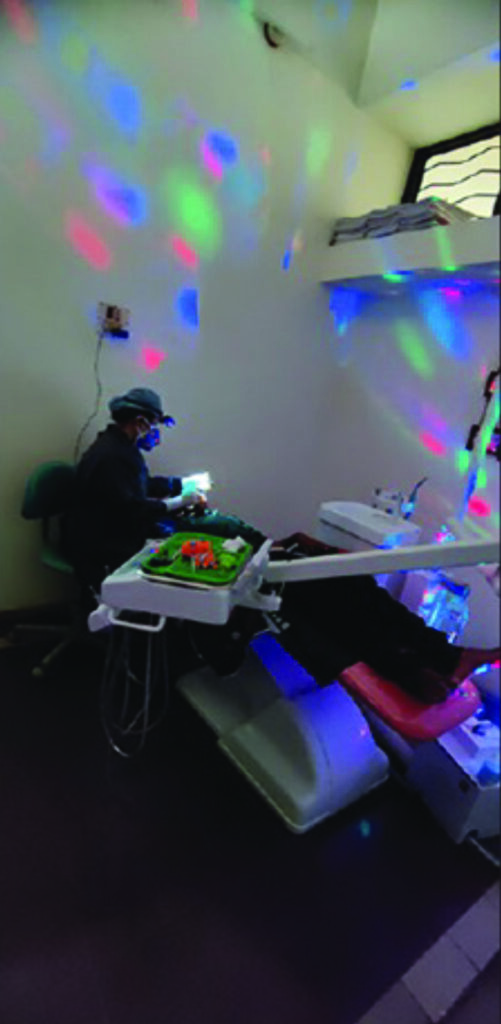
It appears that SADE has significant value when dealing with people living with IDD. How this could be utilized when considering patients with other forms of disabilities remains to be seen. Personal conversations with providers who have included SADEs in their practices have revealed that on occasion, during their breaks, even staff have found them to be a source of comfort when dealing with the stress of their daily profession.
In conclusion, the totality of the environment, which includes how patients are welcomed into an office, the décor, smells, and space, affects whether an individual on entering an office is triggered into a flight or fight mode or if they feel relaxed and calm. If the state of an individual within the office is one of safety and homeostasis, then one is grounded, mindful, joyful, curious, empathetic, and compassionate. This is the state where social engagement and connection can occur.8 This applies to both patient and care givers. A simple walk-through of your office may alert you, the reader, to things you may do to change the environment to being a space that welcomes and invites all, including people living with disabilities. 
Oral Health welcomes this original article.
References
- The Entryway to the Divine – Oasis Discussions
- https://healthydebate.ca/2021/05/topic/developmental-disability-dentistry/#:~:text=First%2C%20in%20some%20cases%2C%20dentists,instead%20send%20them%20to%20hospital.
- definition of energy – Search (bing.com)
- Effective Ways To Motivate Healthcare Employees (promedcert.com)
- https://www.ncbi.nlm.nih.gov/pmc/articles/PMC4554774/
- Sensory Adapted Dental Environments to Enhance Oral Care for Children with Autism Spectrum Disorders: A Randomized Controlled Pilot Study – PMC (nih.gov)
- Enhancing special care dentistry with sensory-adapted dental… : Journal of Indian Society of Pedodontics and Preventive Dentistry (lww.com)
- Porges, S. W., Porges, S. W., & Porges, S. W. (2011). The polyvagal theory: Neurophysiological foundations of emotions, attachment, communication, and self-regulation. First Edition ; the pocket guide to the polyvagal theory: The transformative power of feeling safe. first edition. W.W. Norton & Company.
About the Authors:
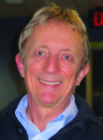
Dr. Olaf Plotzke is a Specialist in Paediatric Dentistry and co-founder, past president and director of the Canadian Society for Disability and Oral Health. He is also a Director at Merrymount Family Support & Crisis Centre and the Paediatric Dental Coordinator of Operation Walk Canada Mission to Antigua, Guatemala.
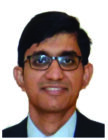
Dr. Sharat Pani is a fellow at BC Children’s Hospital and a Clinical Instructor at the University of British Columbia. He is also chair of the disability and oral health working group of the Network for Canadian Oral Health Research (NCOHR).
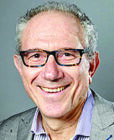
Dr. Clive Friedman is a Pediatric Dentist with a long association with organizations working with persons with special needs.
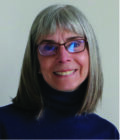
Barbara Rand started as a professional in Human Resources specializing in Compensation and Benefits. Since 2010, she has worked as an innovation consultant, helping organizations identify and explore new business opportunities. Currently, she provides her business expertise on a volunteer basis to The Canadian Society for Disability and Oral Health.









